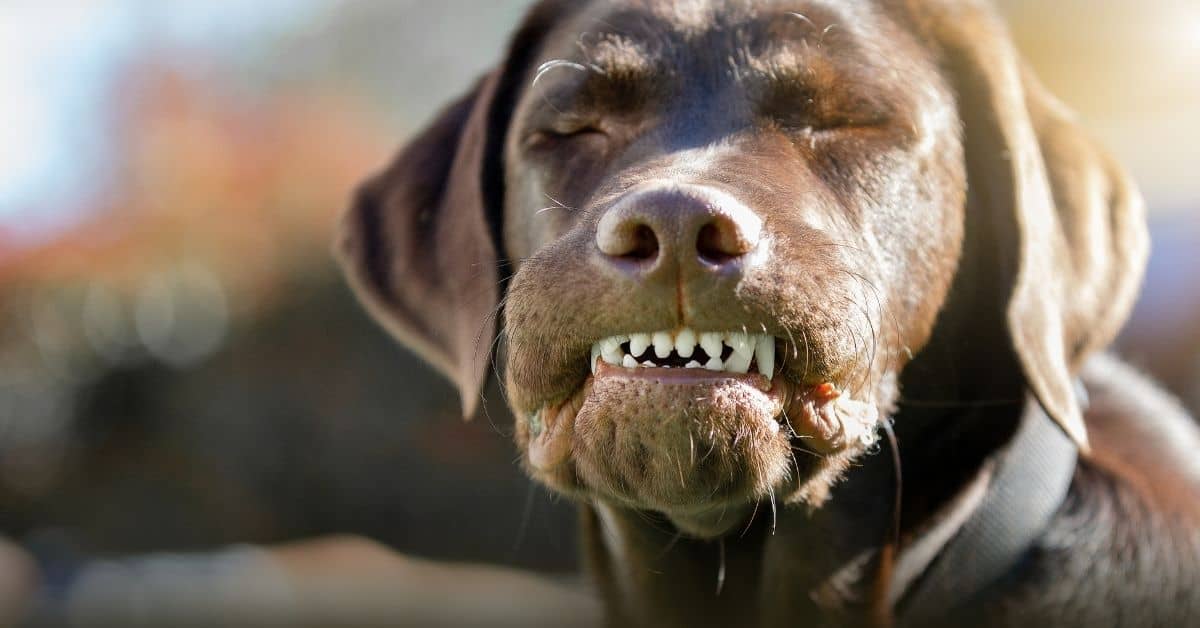If you share your home with a dog, you are probably aware of the special behaviors that they sometimes show.
Dogs may not appear as strange as cats, but they exhibit a fair share of genuinely perplexing behaviors.
Many canine social and body language cues are complex for us humans to interpret.
In this article, we’ll discuss 14 odd dog behaviors and what they mean.
We also explain why dogs do them to help you better understand your dog’s strange habits.
Circle Before Pooping
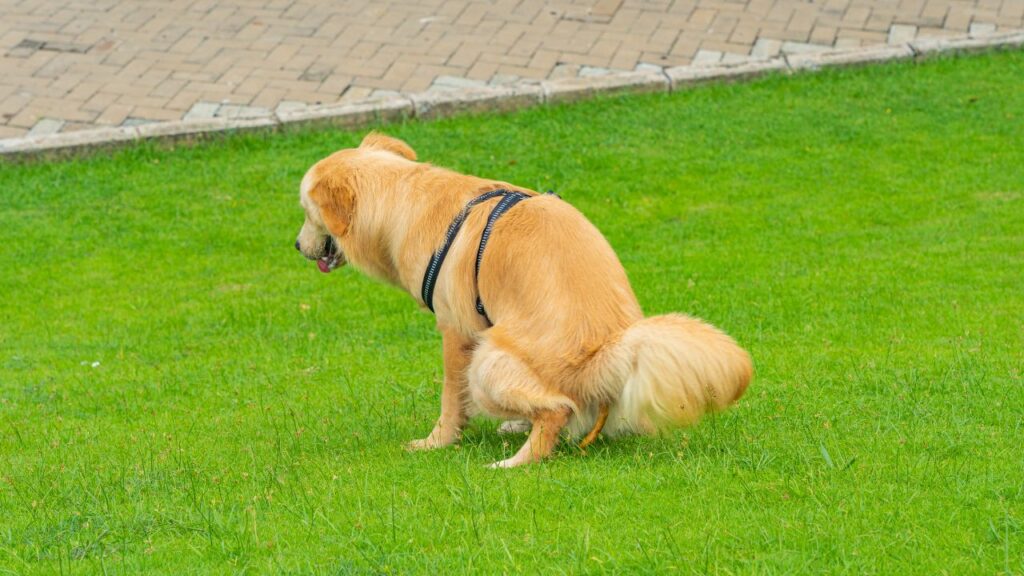
For a variety of reasons, dogs circle before going potty.
Before pooping, your dog will circle a few times to check for predators like snakes or other animals hiding in the grass.
Going to the bathroom puts anyone at risk, and if a dog is squatting, it cannot defend itself from predators.
Therefore, dogs will circle a few times to secure the area before business.
Also, dogs rotate before they eliminate as a way of scent-marking their territory.
When dogs spin around and step all over the grass before going potty, they have scent glands on their paws.
They are sending other dogs messages that way.
Bring Food To Another Location
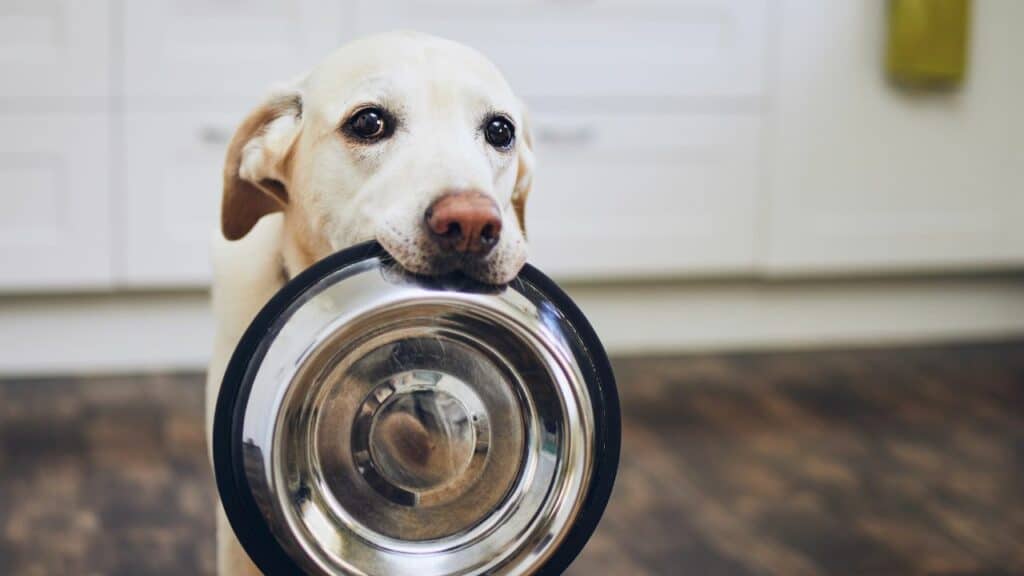
Don’t worry if your dog frequently moves his food from one place to another: it’s typical behavior.
Before eating, many dogs will move small portions of their food or even their entire bowl around the house.
The dog believes that by moving the food from one place to another, he is keeping any potential thieves out.
In this manner, your dog is merely defending his priceless resource.
Since dogs’ behaviors are greatly influenced by positive reinforcement; if you smile you might be encouraging it or laughing when your dog exhibits this behavior.
Panting
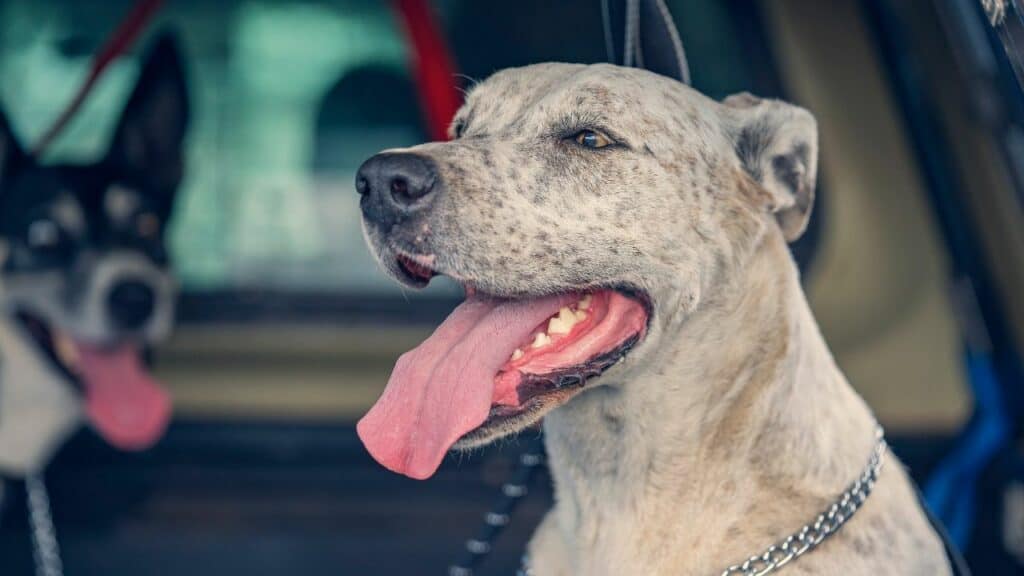
Dogs’ mouths are where the majority of their body heat escapes. Your dog is probably too warm and pants to control his body temperature.
However, paying attention to any panting is crucial because he might do it if he’s in pain.
Especially, if your dog is panting heavily.
Before engaging in any physical activity, help your friend control his body temperature and ensure he’s properly hydrated, especially as the weather warms up.
Lick One Another’s Privates
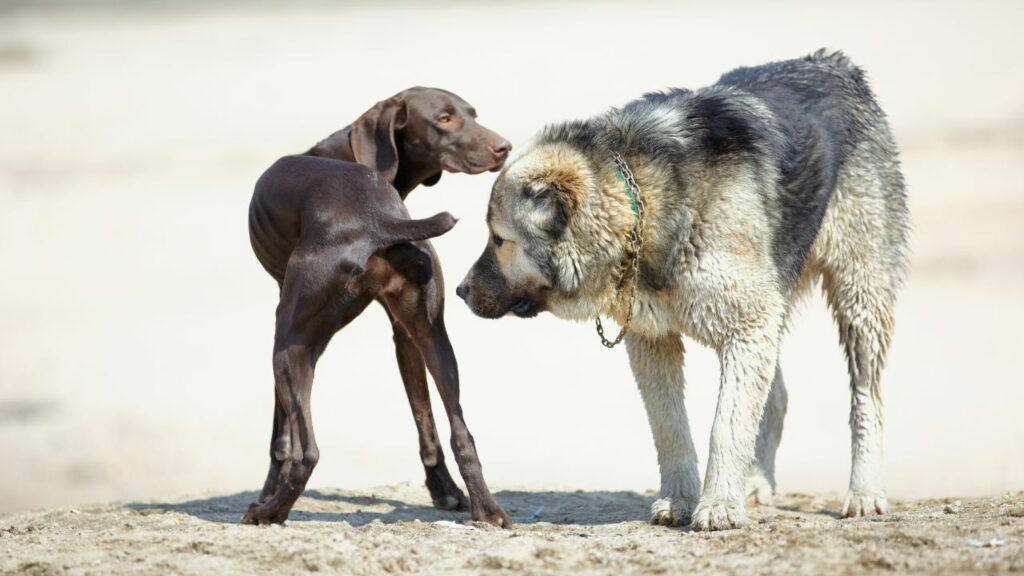
Although a dog’s method of greeting, and sniffing butts, may seem absurd to humans, it is an evolutionary adaptation for dogs.
In addition to sniffing things out of curiosity, dogs also taste and lick things to understand their surroundings better.
A dog is simply getting to know another dog when you see them licking each other’s privates.
Age, general health, sexual readiness, and even mood are some things they can learn about another dog in that way.
To maintain personal hygiene with their companion, dogs also lick each other’s genitalia.
Chases Their Tails
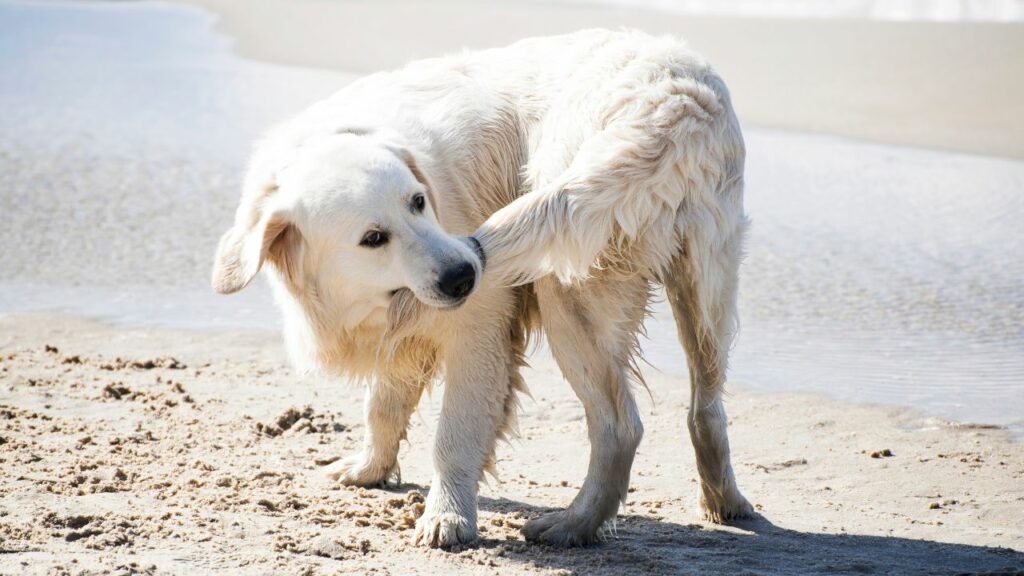
Wouldn’t you would chase your tail if you had one?
Most times, dogs enjoy using this amusing behavior to burn some extra energy.
But there is a variety of reasons dogs chase their tails.
That includes experiencing boredom, excitement, fleas, needing to let off some steam (especially in puppies), or something more severe like an injury.
Contact your veterinarian if you believe a medical issue is a case.
Sleeping With Open Eyes

Yes, you heard and maybe saw correctly.
Some dogs sleep with their eyes open.
When a dog opens its eyes while dozing off, you look at its third eyelid.
Dogs have a third eyelid that covers their eyeball when they sleep, as opposed to the surface of the eyeball.
This pink membrane keeps the eyeballs moist and removes any dust or debris from the eyes.
That membrane pulls back to the inner corner of the watch when your dog awakens.
You might occasionally still be able to see it, though.
According to some theories, dogs’ third eyelids evolved as a defense mechanism.
Predators are fooled into thinking you’re awake by sleeping.
They stay alert and prepare for self-defense.
Smell The Crotches Of People
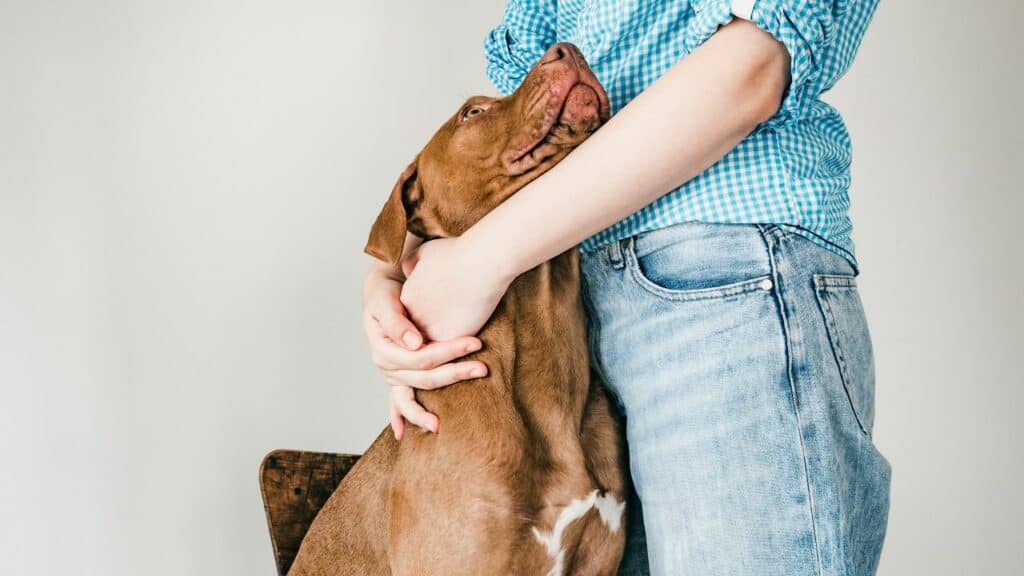
For the same reasons that they sniff each other’s bums, dogs also lick people’s crotches.
Arin glands, a specific type of sweat gland found in the crotch region, release chemicals that reflect social information.
Pheromones are the name for these substances. Pheromones carry a wealth of data about a person’s age, health, sex, and mood.
Dogs are trying to learn more about people when they smell their crotch.
Dogs will also sense the area around a woman’s groin when she is menstruating, ovulating, or has just given birth.
Interestingly, dogs seem to pay attention to people who have recently had sex.
Show Their Stomach To You Or Other Dogs
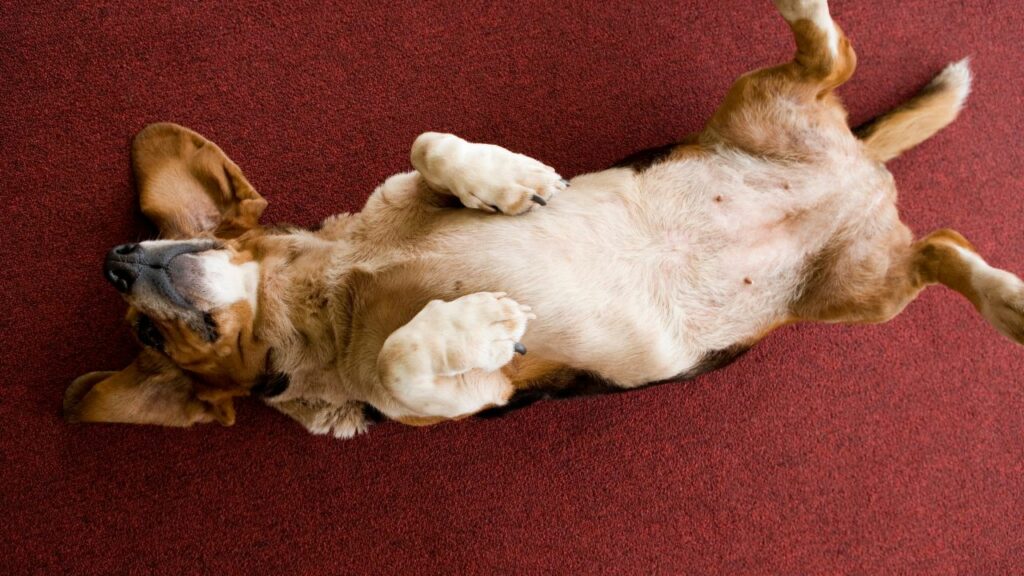
Belly-exposing behavior in dogs typically denotes acceptance and trust.
When your dog displays their stomach to you, it means that they trust you and are not afraid that you will bite into its stomach.
However, belly-baring behavior can also indicate something completely different.
This submission act could be a dog’s way of avoiding conflict in the wild.
Our canine wolf ancestors used this submissive stance to ease social tension by demonstrating their lack of threat.
A dog may be nervous and ask for peace and a request to be gentle when they show their belly to more dominant dogs or even a person.
Puppies frequently display this pacifying behavior.
Remember that petting a dog acting submissive or appeasingly can make the animal tenser.
To determine whether a dog is exposing their belly out of trust or out of easement, look at the dog’s entire body.
Dogs who feel secure in your presence will exhibit loose, wiggly body posture and a relaxed tail wag.
A dog displaying submissive behavior, on the other hand, will crouch, freeze, or show tense body language.
Follow You Everywhere
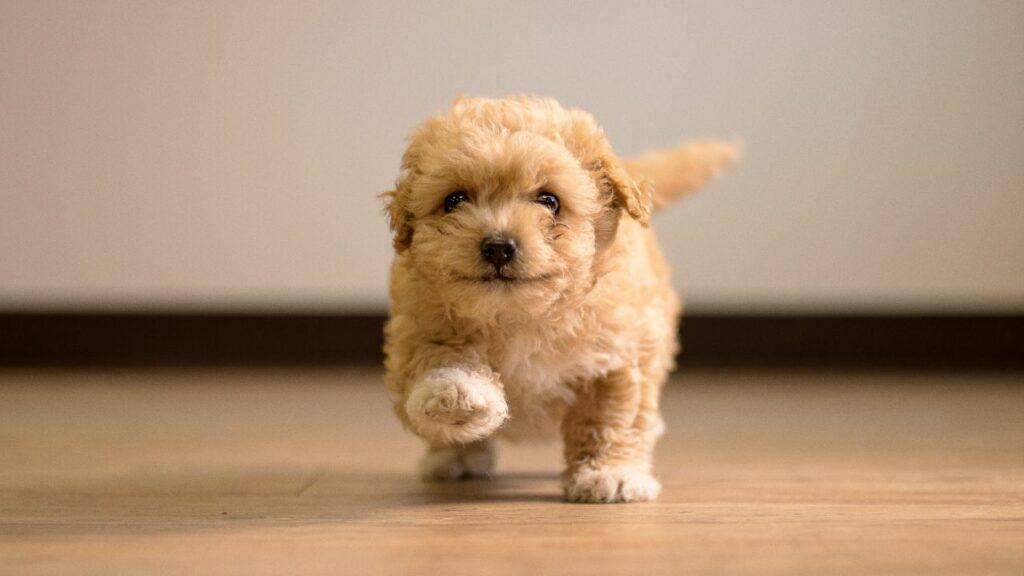
A dog’s clingy behavior during the domestication process has scientific justifications. Humans bred dogs as pets.
These friendly animals transitioned from wolves that lived in packs to dogs that coexisted with humans.
That makes it clear why our furry friends enjoy watching our every move. Positive reinforcement is another factor that makes your dog want to stick by your side.
Your dog will likely follow you around more frequently if they receive attention or treats each time they are with you.
Also, remember that puppies under six months old will imprint on you just like they would their mother because they will recognize you as a parent or other object of trust. A dog’s desire to stick with us signifies loyalty and love.
Aggressive Actions When Restrained By A Leash
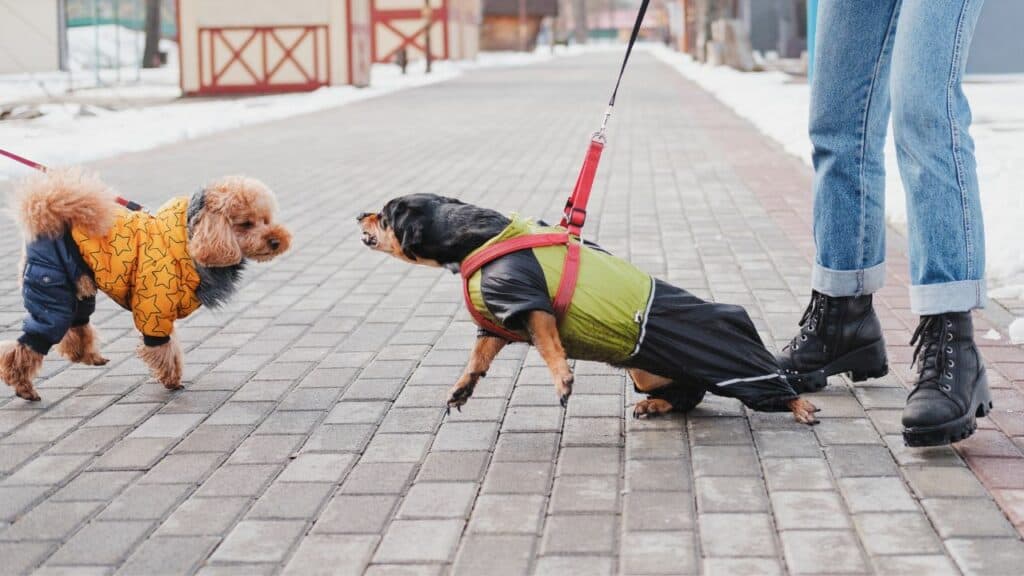
Walking your dog is becoming not enjoyable for you.
Your dog erupts and begins to lunge and bark at other people and dogs.
Fear and insecurity are frequent causes of leash reactivity.
That occurs because a leash prevents a dog from using its natural flight response to flee an upsetting situation.
A dog could run away when free.
Being trapped, a dog must display aggressive behavior to defend himself.
That explains why many leash-reactive dogs can play beautifully with their four-legged friends in the park but become agitated and aggressive when on a leash.
Also, remember that dogs are likely to continue acting aggressively once they discover that it works for fending off threats.
Consider a situation where a leashed dog sees another dog approaching from the side of the path.
He doesn’t like that dog, or maybe he’s afraid of it. As the other dog passes, he lunges and barks.
Even though the other owner is moving the other dog by, the aggressive dog believes that the other dog is moving away because of his behavior.
He will want to repeat this behavior because it worked.
If you see this behavior often in your dog, contact a dog trainer to solve the problem.
Take Your Spot

Have you ever left your seat only to come back to find your dog curled up in your seat?
Dogs prefer to sleep in cozy piles with their family because they have a pack mentality.
Because they like the scent and warmth you leave behind, dogs frequently steal your seat.
Additionally, they take up your space when they want your attention and anticipate your return so they can cuddle.
Eat Snow
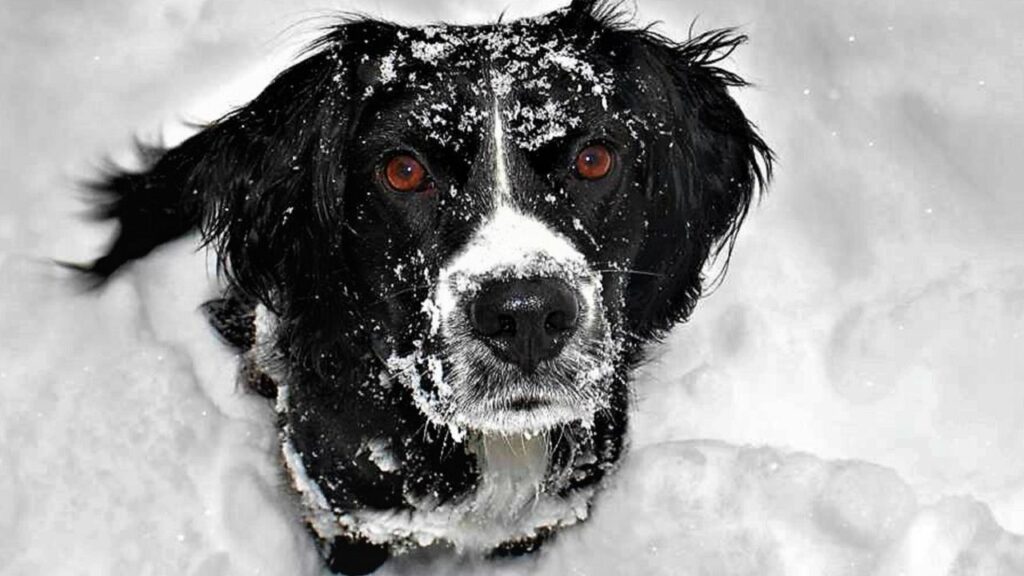
Dogs frequently eat snow because they are dehydrated.
Dogs lose a lot of body moisture through their breath during the winter because of the dry air.
Dogs’ ancestors in colder climates frequently relied on eating snow to hydrate before they were domesticated.
Snow eating is an instinctive behavior that is genetically inherited.
And even if you believe there is still plenty of water in your dog’s bowl, be aware that it might be different from the purest.
Snow that has just fallen is cleaner and more recent than water that has been kept in a bowl.
Dogs also eat snow because they enjoy doing so.
As long as the snow is clean, it is safe for dogs to eat in moderation, and they find it fascinating because it is soft, fluffy, and challenging to catch.
Chemicals that could contaminate the snow, such as antifreeze, are the primary source of the danger.
Eating Poop
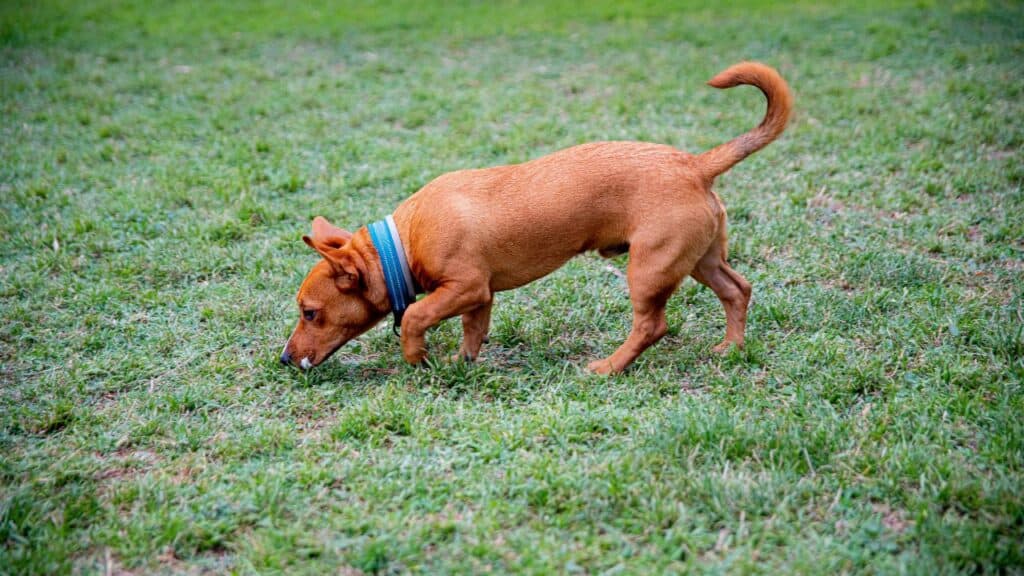
What if your dog eats poop?
It turns out that it’s normal and that coprophagy is an actual medical term.
Coprophagia is a scientific name that sounds less repulsive but still involves eating feces.
Your dog probably indulges in coprophagia because they like the taste and smell, whether they eat their feces, dig in the litter box, or eat unknown animal stools on walks.
However, your dog might occasionally have a nutritional deficiency or malabsorption problem.
If you assume your dog has a nutritional deficiency, contact your vet.
Eat Grass
If you see your dog eating grass; it’s probably just another instinct.
Many people think dogs eat grass because of an upset stomach, but 75% of grass-eating dogs are healthy and do not vomit.
Dogs may eat grass when they are bored or in need of more roughage.
Take your dog in for a vet checkup if they are eating grass and throwing up.
Related Articles
Wow – our beloved dogs can really act weird sometimes.
If you want to learn more, read the following articles too!

